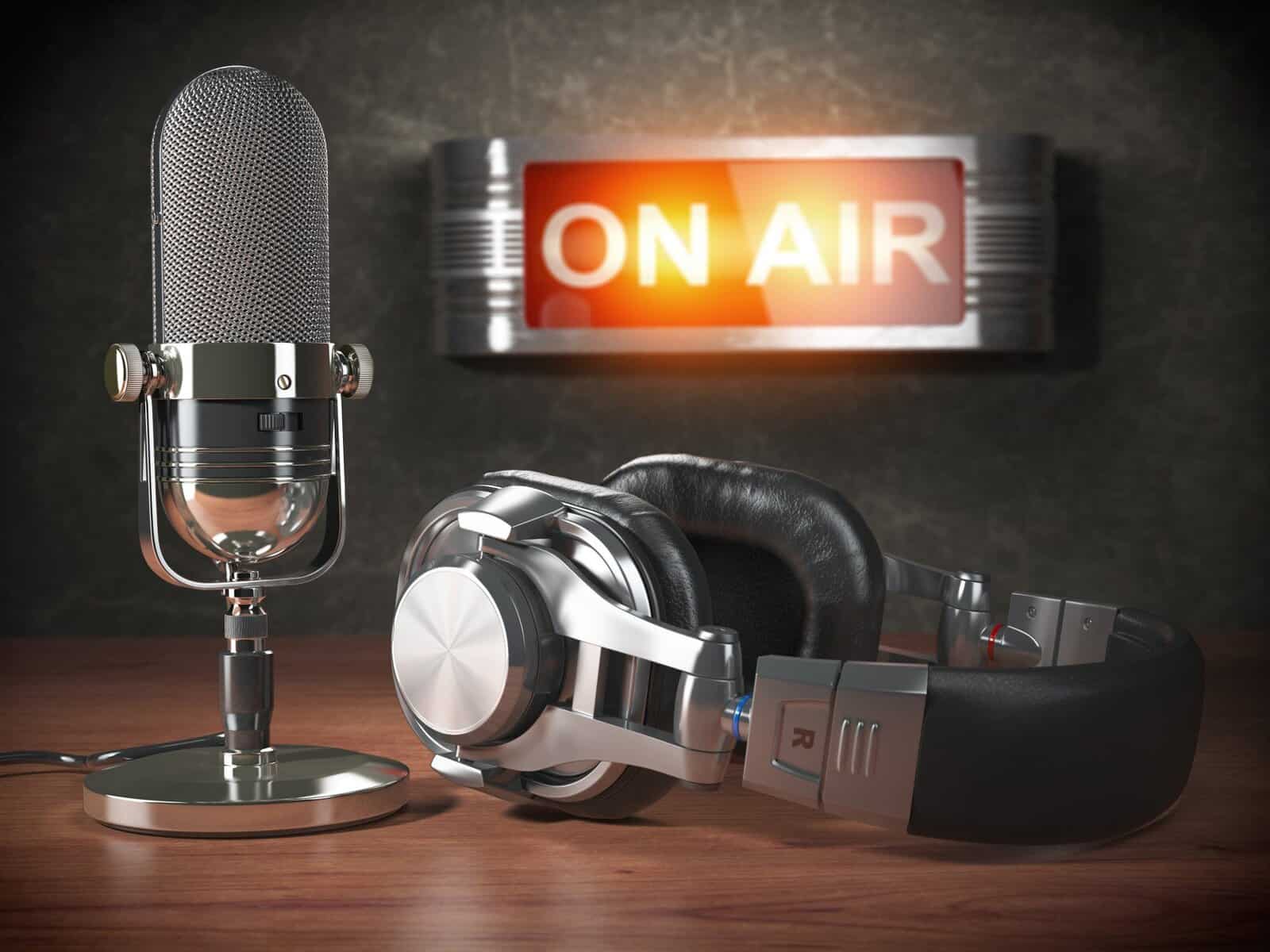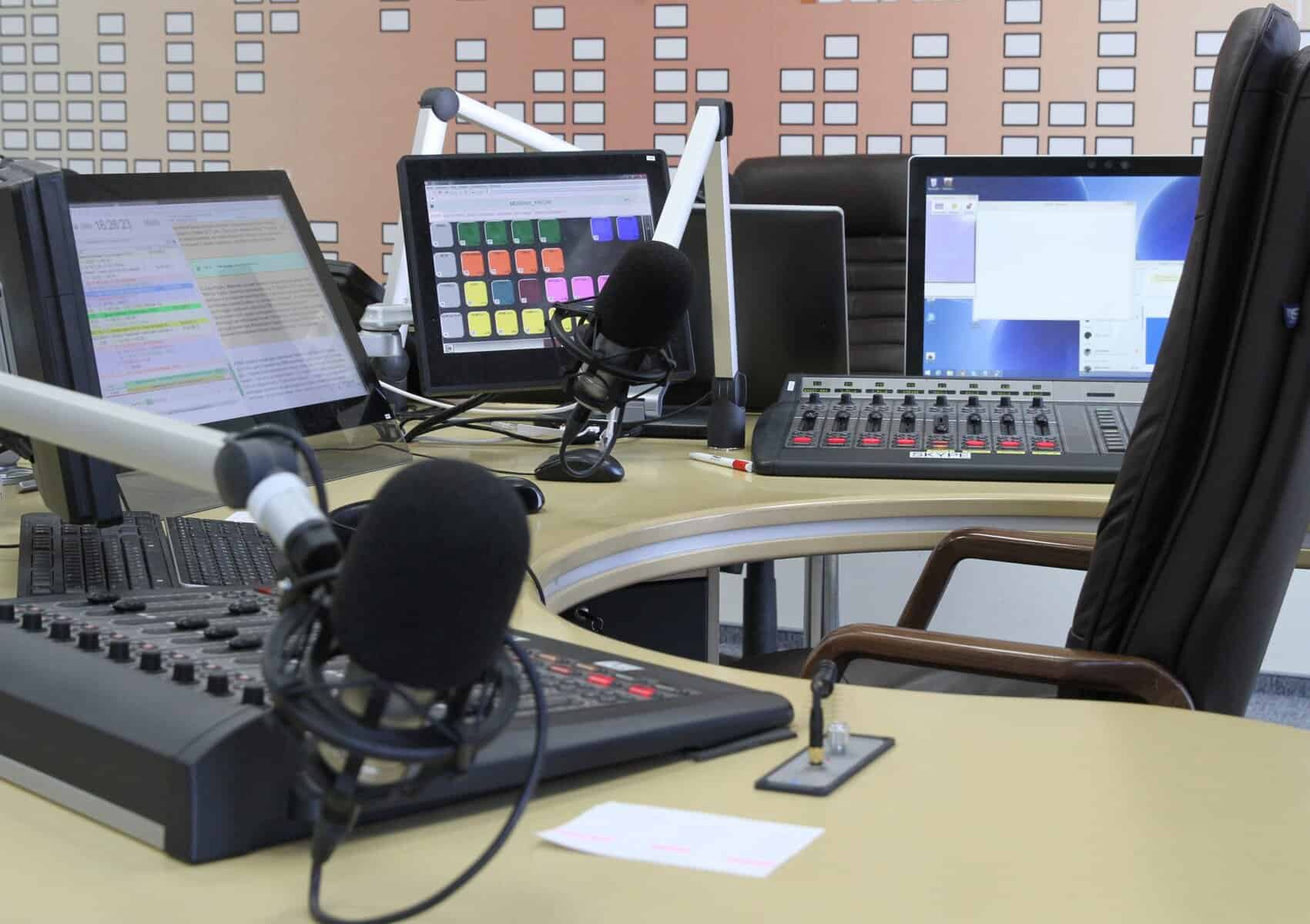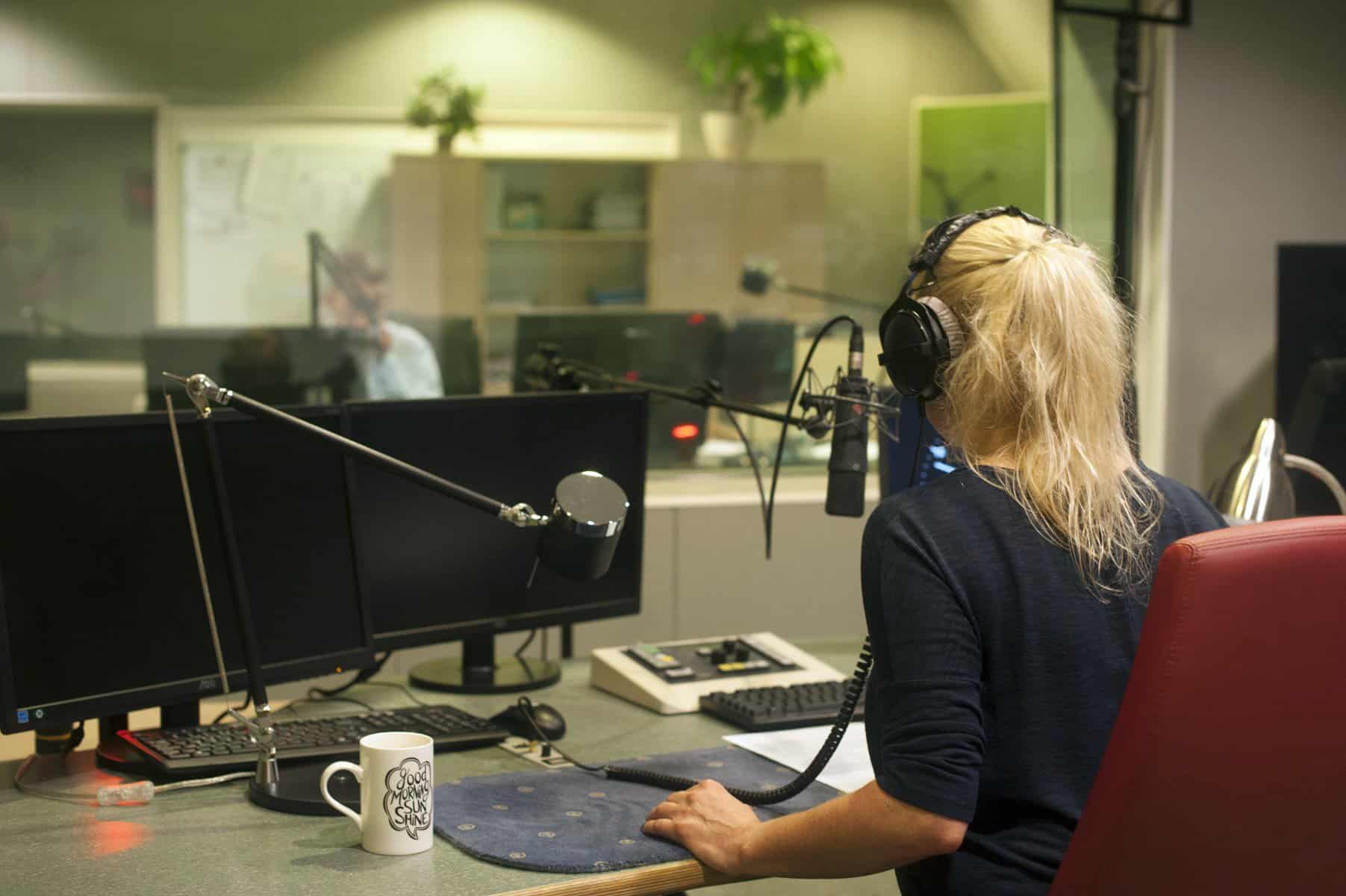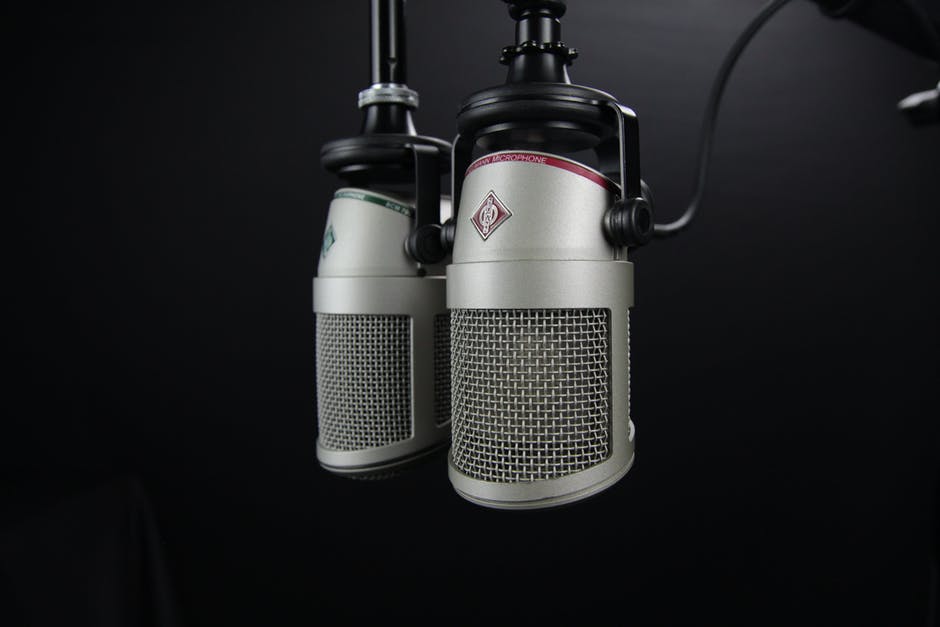When a company launches an advertising campaign, it shouldn’t focus specifically on digital marketing, or specifically on TV. It should put efforts toward all forms of marketing, as doing so will allow it to obtain the biggest reach possible.
Radio advertising should not be exempt from a company’s marketing campaign. In fact, it should be a central part of it.
But what if a company needs help making custom radio ads for business marketing purposes? Where should it get started? Right here with this article!
Without further ado, here are the keys to quality radio advertising.
1. Create a Jingle
Regardless of the concept of a business’s ad, it needs to be accompanied by a jingle. A jingle is a short and catchy musical motif that’s meant to catch the ear of the listener and hang around for a while.
A good jingle will be remembered by hundreds or even thousands of people and will become a small part of the local culture. This bodes well for the business to whom that jingle belongs, as it ensures that said business is being thought of on a regular basis.
The question is: how does one go about writing a good jingle? In truth, it’s not all that easy. It requires not only a catchy melody but memorable lyrics as well.
For those unaccustomed to writing music, this can be a serious challenge. This is why it’s often wise to turn to a professional jingle writer. These individuals have written tons of jingles and know exactly how to make them successful.
Finding a jingle writer is as simple as searching “jingle writing [name of location]” in Google. This should return the websites of a variety of local jingle writers. These websites should provide all of the information that an interested party needs.
In the Cincinnati, Ohio area, the Killer Spots Agency is the premier jingle house. Contact Killer Spots today!
2. Cater to the Customer Base
Whether it’s a product or a service, it has a specific type of customer that wants it more than the others. This customer is part of the product or service’s customer base, and he or she is the one to whom the product or service’s ad should be targeted.
For instance, let’s take sporting goods. In the case of sporting goods, the customer base would be, well, athletes. As such, the radio ad should contain elements that appeal to athletes.
These elements could be anything from crowd noises to impersonations of popular sports icons and more. In any case, it should include elements that appeal to athletes.
The same goes for any other customer base as well. A music shop shouldn’t make a sports-themed radio ad, for instance. It should try to come up with an idea that will pique the interest of musicians instead.
3. Use Slogans
Slogans might come across as a little hokey from time to time, but the fact of the matter is that they’re effective.
After all, think of all of the famous advertising slogans that have been rolled out over time: “I’m Lovin’ It”, “Just Do It”, “Where’s the Beef?”, “The Breakfast of Champions”.
On their own, these are just simple 3 or 4 letter phrases. But because they’ve been uttered so many times, they are almost 100% representative of their respective brands. As such, every time those slogans are said, those brands come to the listener’s mind.
What’s the point of all of this? The point is that, when creating a radio ad, a company needs to use slogans within that ad. It needs to come up with something short and catchy and then sprinkle it into the advertisement 2 to 5 times.
If a company isn’t able to come up with its own catchphrase or slogan, it can turn to the services of a marketing company.
4. Write a Good Script
There are some radio ads that are just flat-out bad. What’s the primary purpose for this? In most cases, it’s the weakness of the script.
The trouble is that a lot of small business owners lack creative writing skills. There’s nothing wrong with that; it’s just the way it is.
As a result, when they create radio ads for their businesses, they come up with absurd premises, lazy dialogue, and, well, some of the most cheesy situations known to humankind.
Unfortunately, most listeners don’t respond to these types of scripts. At worst, they make fun of them, which turns the company in question into something of a local joke.
In essence, when creating a radio ad, companies must spend tons of time on the script and make sure that it’s of high quality. If the company can’t produce a good script on its own, it should call up its local marketing company.
5. Hook Them At the Beginning
Perhaps the biggest key to a good radio ad is to hook the listeners from the beginning. If it’s 5 to 10 seconds into an ad before something attention-grabbing happens, listeners will likely miss out on the beginning of the ad entirely, rendering it ineffective.
It’s important to get the listener’s attention from the start. One way to do this is with volume. A loud slogan or jingle will almost certainly get the listener’s attention from the start.
This can be enhanced with the telling of a story, or a special offer, and maybe even a joke (of course, it has to actually be funny). In any case, it’s important to grab the listener’s attention from the word go.
Getting the listener to take notice of the beginning of the ad renders the best chance of getting him or her to listen to the entirety of the ad. And when that happens, sales are made.
6. Get Good Actors
Not everyone is cut out for acting, even on radio adverts for their business. So, while a business owner might want to appear on his or her own radio ad, he or she might not possess the acting chops needed to do so.
There are plenty of radio ads that do feature bad acting. At best, they’re passable and might turn a few sales. At worst, they’re detrimental to the company that created them, as they turn off potential customers forever.
Good acting is not a plus; it’s a requirement. It’s worth hiring skilled actors in order to create a quality ad. And while it’s possible to cut corners in some areas, businesses should never cut corners in this area.
7. Play It for Others First
One of the biggest mistakes that businesses make with a radio ad is having it broadcasted before it’s been listened to by others.
A company could think that it has the greatest ad of all time. However, just because that company perceives it that way doesn’t mean that anybody else will.
In short, radio ads need to be tested. They need to be played for several people so that they can deliver honest feedback; “honest” being the keyword here.
Every business owner is sure to have an honest friend or family member that he or she can turn to; someone who can be blunt and merciless. That’s the type of person who should test each ad.
8. Include a Call to Action
The entire point of a company broadcasting a radio ad is to get listeners to do business with that company. If listeners don’t know how to get a hold of the company, they’re not going to be able to do that.
This is why it’s imperative for radio ads to include calls to action. A call to action is an instruction to the listener.
It tells the listeners to, say, call for a free consultation at a specific number. It might also tell listeners to visit a specific website.
The call to action is what drives sales. All of the other stuff can work to get the listener’s attention, but this is what turns that listener into a customer.
Calls to action should be repeated several times throughout each ad, with special priority on the end of the ad (during which it should be repeated 2 to 3 times). This might feel like overkill, but it’s necessary to get the listener to perform the desired action (ie. make a purchase).
Providing a Range of Radio Advertising Services
If ever a company needs radio advertising services, it should turn to a radio marketing agency. If that company is based in the Cincinnati area, the best radio marketing agency for it to turn to is The Killer Spots Agency.
Our company assists in all aspects of radio advertising strategy. Not only do we create radio jingles but voiceovers and more. We also offer recording studio time.


















